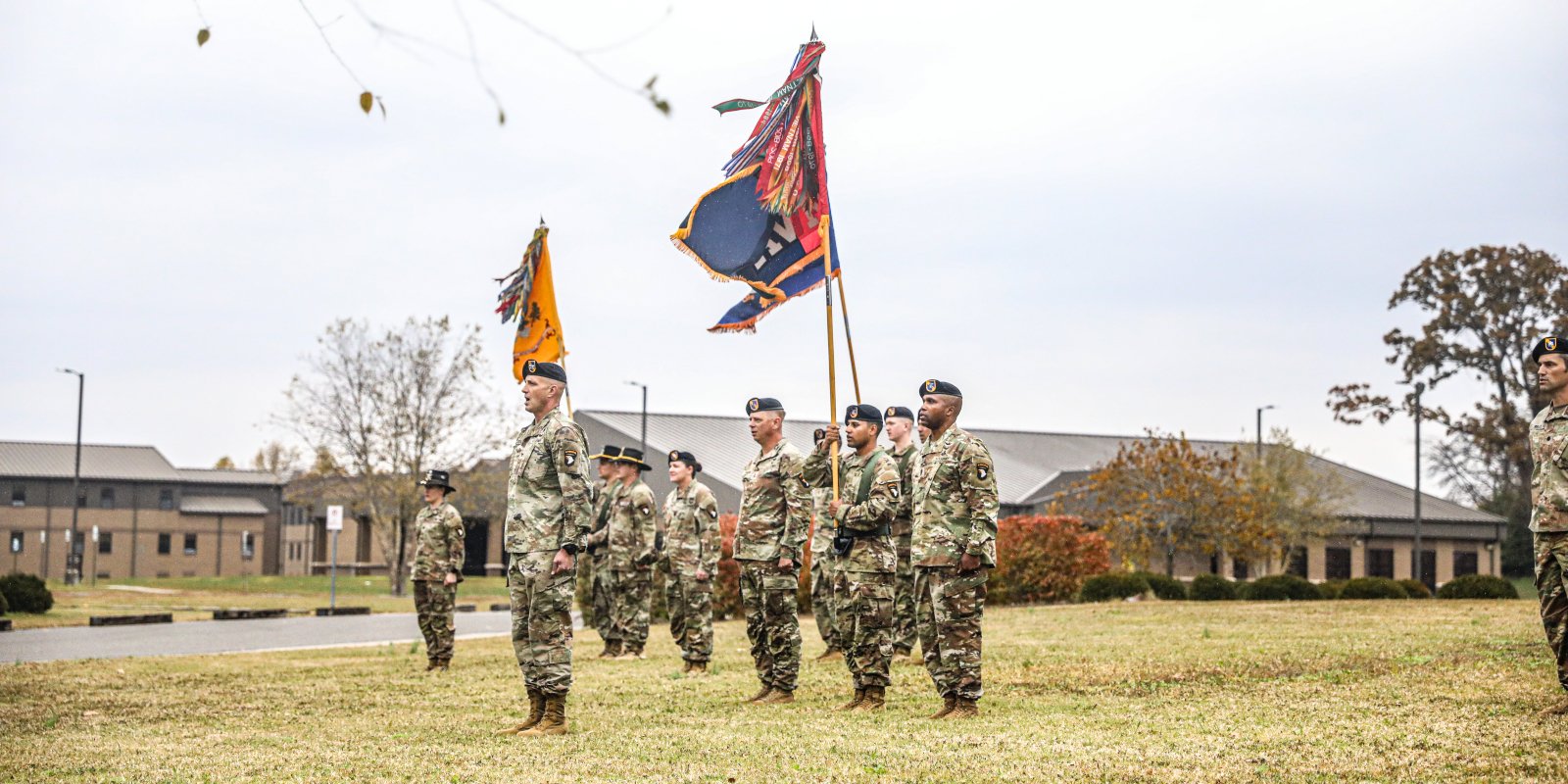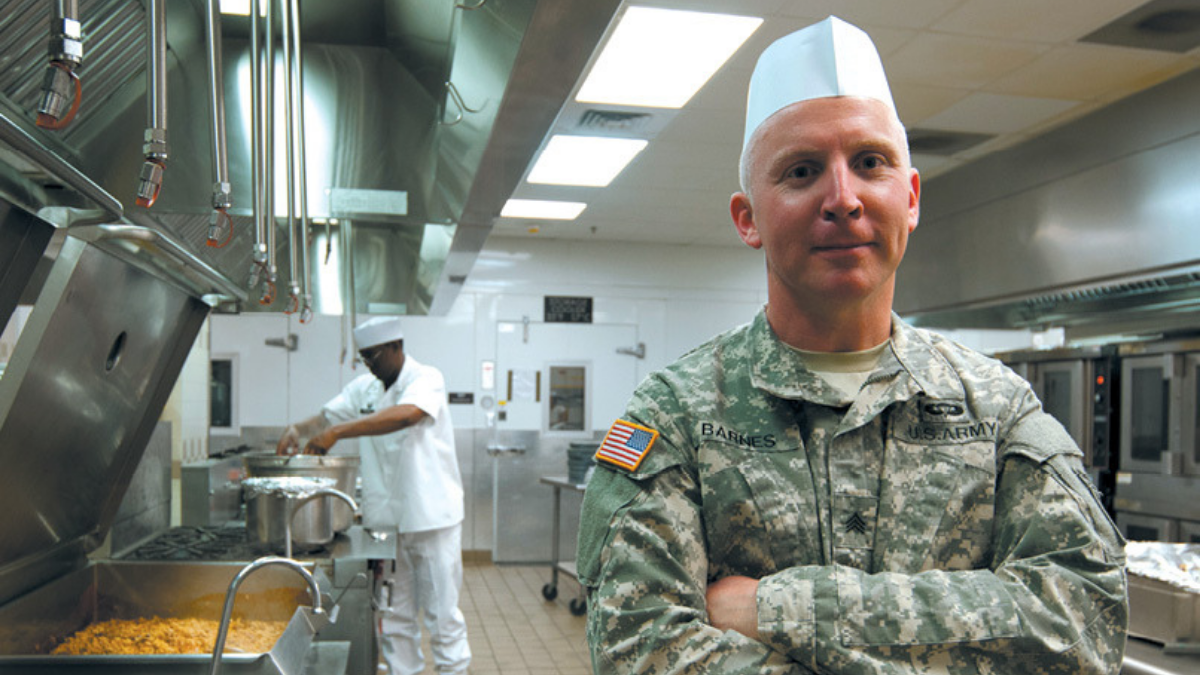FORT KNOX: INSIDE AMERICA'S HEAVILY GUARDED BASE

Have you ever heard the term that a place is “as hard to enter as Fort Knox”? If you have, it was likely for a good reason. Fort Knox, Kentucky, is one of the most iconic and secure military installations in the United States.
Best known for housing the U.S. Bullion Depository—a vault that holds a significant portion of the nation's gold reserves, Fort Knox has a rich military history and strategic importance.
From serving as a training ground for armored divisions to symbolizing national strength and security, Fort Knox captures the imagination of the public while remaining shrouded in secrecy.
Read on for more information on this fascinating legacy and the functions surrounding this heavily guarded historical American landmark.
Fort Knox Location and Geographical Significance
Fort Knox, Kentucky, is a 109,000-acre military base that encompasses the United States federal gold reserve and the Fort Knox Human Resource Center of Excellence.
The resource hub is a complex that houses ~4,000 civilian and military personnel. This makes it the 6th largest urban community in its Commonwealth.
It’s nestled 30 miles south of Kentucky’s largest and busiest city of Louisville, and just north of the historic Elizabethtown. What makes this base so famous is the United States Bullion Depository, otherwise known as the impenetrable vault of Fort Knox.
The installation as a whole plays a vital and central role in the nation's military, leading the charge for training, recruiting, and support operations across the U.S.
Historical Overview of Fort Knox Military Base
Fort Knox has a rich and complex history that dates back to the early 20th century.
Originally established in 1918 as Camp Knox, the base is named after Major General Henry Knox, the first U.S. Secretary of War.
It was initially created as an artillery training center during World War I, but the camp was deactivated shortly after the war and reestablished as a permanent military post in 1932 and designated Fort Knox in 1936.
During the 1930s, Fort Knox gained national prominence with the construction of the U.S. Bullion Depository, completed in 1936. The depository was built to store the nation's gold reserves, which were being moved from New York and Philadelphia as a precaution during the Great Depression and the rising tensions in Europe.
During World War II, Fort Knox became a critical training center for armored warfare, home to the U.S. Army Armor Center and School. For decades, it played a key role in developing the Army’s tank and cavalry tactics.
Although the Armor School moved to Fort Benning, Georgia, in 2011, Fort Knox remains an important Army post and is currently home to several commands, including U.S. Army Cadet Command and U.S. Army Human Resources Command.
Today, Fort Knox is recognized not only for its historical and military significance but also as a symbol of American strength and security.
Access Authority and Security at Fort Knox
Curious what’s inside Fort Knox, and who has the authority to enter? You’re not the only one!
Historically, the base has been off-limits to visitors, and even the president of the United States has limitations on entry.
The inner structures are undisclosed, but we can tell you that the building is made up of over 16,000 cubic feet of granite, 4,200 cubic yards of concrete, 750 tons of reinforced steel, and 670 tons of structural steel.
Base access has been revised many times over time. Check out what the U.S. Army has to say regarding the present-day protocols for entry.
Fort Knox Security Procedures
The building’s integrity is unimaginable, yet even greater security measures are in place. Surrounding its exterior are two separate electric fences bounded by another thick concrete barrier.
Searchlights lie above the innermost fence, and the security, which costs the government $5 million per year, is far from sparse.
It’s safe to say you’re not likely to stop in for a peek, but visitors are allowed to stand outside the gate of Fort Knox and take pictures. In searching for pictures inside Fort Knox’s vault, you’ll unfortunately discover many misleading photos of European bank vaults.
There are, however, a few confirmed photographs and videos (like the one below) circling the web, like the 1974 photo of former Mint Director Mary Brooks inside Fort Knox’s gold vault. If you're hoping for an opportunity like this, however, don't keep those hopes up.
You'll probably never see or touch Fort Knox gold in your life. In fact, Fort Knox gold bars are rarely moved out of the facility. The only time they're taken out is to test the purity of the bars. However, it's been many years since any gold in Fort Knox has been transferred.
Congressional Audit Proposal for Fort Knox Gold Reserves
As of recent reports, Fort Knox holds around 147.3 million troy ounces of gold (approximately 4,582 metric tons), which accounts for over half of the U.S. government's total gold reserves
There have been repeated calls by politicians and transparency advocates for an independent, full-scale audit of the Fort Knox gold, including verification by outside parties.
However, while Fort Knox has undergone internal audits and inspections, there has never been a fully independent, comprehensive public audit of the entire gold reserve stored there.
The secrecy and limited access have fueled skepticism and rumors, even as official sources continue to affirm the integrity and presence of the nation’s gold stockpile.
Security Features of the Fort Knox Gold Vault
The extensive security is not simply for decoration. As mentioned above, Fort Knox still serves its original purpose, holding roughly 147.3 million ounces of gold, which is just over half of the U.S. Treasury’s stored bullion.
If you’re wondering how many U.S. dollars that translates to today, it’s almost $300 billion. At its highest holdings, it contained 649.6 million ounces in December 1941. That's not too long after the very first pieces of gold arrived at the facility in 1937.
Fun fact: The first gold in Fort Knox wasn't brought by a super-secret caravan; it was delivered by train through U.S. Mail.
One gold bar inside Fort Knox weighs 27.5 pounds, uniform to the U.S. Mint standards, is 7 inches long, and 3.5 inches wide. The front door to the vault weighs over 20 tons, and it is said that no one person knows its combination.
Speculation of trip wires, landmines, and a satellite defense system has grown over the years, but has never been confirmed. Still, the ultimate safe is protected by 27 inches of thick concrete and steel and is known to be able to withstand an atomic bomb.
Lesser-Known Facts about Fort Knox
Fact 1: With a population of at least 26,000, Fort Knox is actually considered its own city.
Fact 2: The locks for the vault door to enter the base change daily. The vault door itself weighs over 20 tons.
Fact 3: Fort Knox is guarded and protected by the U.S. Mint Police, one of the oldest federal law enforcement agencies, which was established in 1792.
Fact 4: Franklin Deleanor Roosevelt is the only U.S. President to ever set foot inside.
Fact 5: The base also houses two elementary schools, a middle school, and a high school.
Historical Artifacts and Discoveries at Fort Knox
The U.S. government has made use of Fort Knox’s tight defenses for more than just gold. The Constitution, Bill of Rights, and Declaration of Independence were all collected and stored inside Fort Knox for safety during WW2.
Aside from a select few honored journalists and elected officials, the general public may never see the inside of Fort Knox for themselves. Fortunately, for those stationed on or around the base, however, there are still many events and happenings to keep morale and pride alive and well.
So, while the inner workings of the base are kept secret, the mysteries of Fort Knox will certainly continue to live on.
Suggested reads:
Caitlin Horn
Military Spouse & Family Life Writer at MyBaseGuide
Caitlin Horn is an active-duty Navy spouse, mom of three, and a passionate voice for military family life. Drawing on her experience navigating deployments, relocations, and the unique challenges of r...
Caitlin Horn is an active-duty Navy spouse, mom of three, and a passionate voice for military family life. Drawing on her experience navigating deployments, relocations, and the unique challenges of r...
Credentials
- Active-duty Navy Spouse
- Mother of three
- Business development leader
Expertise
- Military Family Life
- Military Spouse Issues
- Parenting in Military
SHARE:



